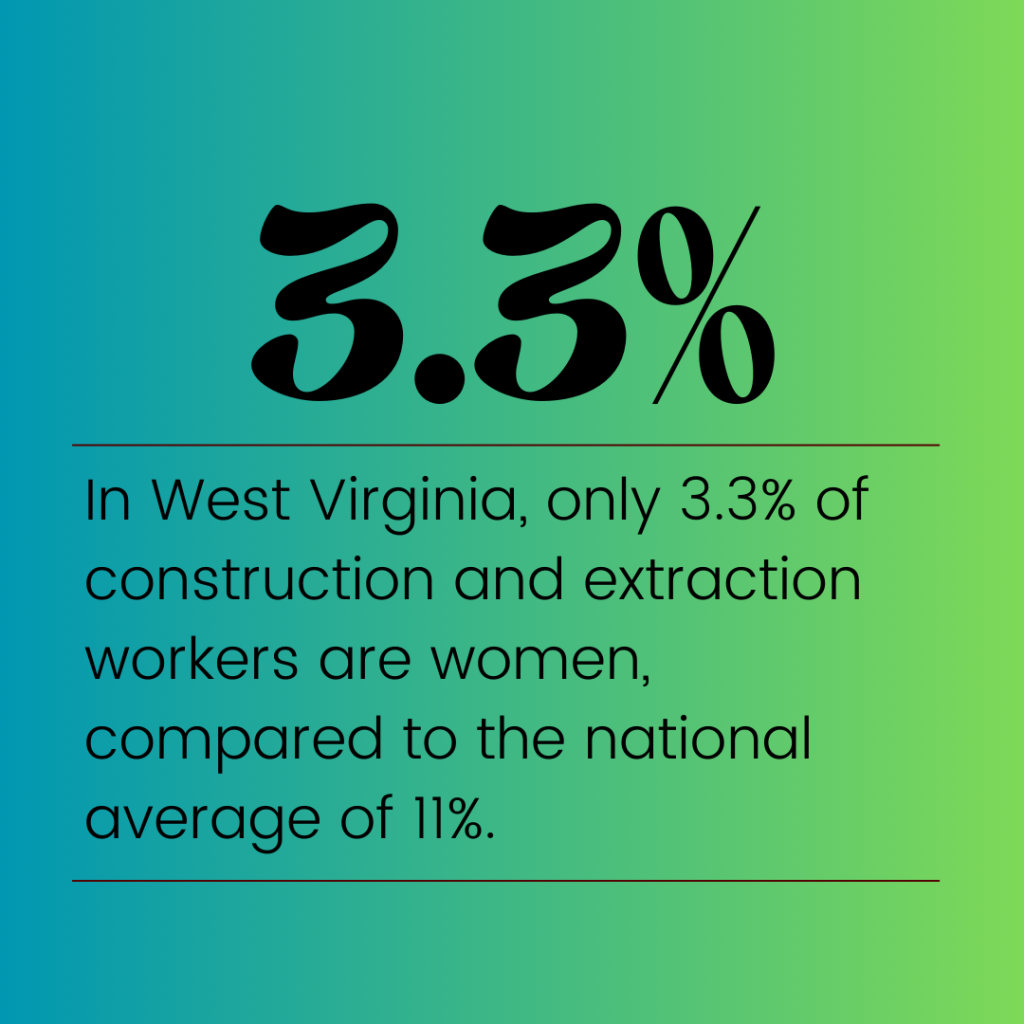In West Virginia, only 3.3% of construction and extraction workers are women, starkly contrasting with the national average of 11%. These figures underline the underrepresentation of women in critical industries and emphasize West Virginia’s pressing need to engage more of its population in the skilled trades workforce. Historically dominated by men, this sector is now experiencing a transformative influx of women, empowered by a growing recognition of their invaluable skills and unique perspectives. This shift is not just about gender equity; it’s about tapping into a rich reservoir of talent that can drive innovation and growth in industries critical to our nation’s infrastructure and economy.
The expansion of infrastructure projects, boosted by federal investments like the Build Back Better Act, the CHIPS and Science Act, and the Inflation Reduction Act, has significantly increased the need for skilled labor in construction, manufacturing, and green energy sectors. These projects not only offer opportunities to address critical infrastructure needs but also present employment prospects that highlight the state’s growing demand for skilled trades workers.
These legislative measures have poured substantial resources into infrastructure, technology, and energy projects within West Virginia, directly influencing the labor market. Specifically, the Build Back Better framework has allocated over $100 million to West Virginia for bridge and road improvements, with an additional focus on expanding broadband access. This investment alone is poised to create thousands of new jobs across the state, particularly in construction and related trades.
The CHIPS Act, aiming to bolster the semiconductor industry, brings a technological pivot to the region’s job landscape, promising to infuse millions into local economies and generate high-skill positions in manufacturing and engineering. Furthermore, the Inflation Reduction Act’s focus on clean energy aligns with West Virginia’s initiative to diversify its energy sector, translating into a growing demand for electricians, HVAC technicians, and other trades specialists equipped to handle new, green technologies.
Collectively, these federal efforts are not only reconstructing the physical and technological infrastructure of West Virginia but are also revitalizing its workforce, offering over 10,000 new skilled trade jobs that promise both stability and competitive wages in the coming years.
The state’s substantial investments in infrastructure and technology mean there is a pressing need for skilled workers in trades such as electricians, plumbers, HVAC technicians, and construction workers. However, the existing low participation rate suggests that many of these positions may go unfilled without targeted efforts to engage more of the state’s population in the workforce, particularly women and younger residents who are currently underrepresented in these fields.
Increasing participation in the labor force, especially in the skilled trades, is crucial for West Virginia’s economic health. Programs like West Virginia Women Work’s Step Up for Women Construction Pre-Apprenticeship are pivotal in this context. They not only provide training and access to well-paying jobs but also play a critical role in motivating and preparing underrepresented groups to enter the workforce. These programs are essential for filling the skills gap, boosting local economies, and ensuring that the state can meet the labor demands of new and ongoing infrastructure projects.
Written by Carol Phillips, Executive Director, West Virginia Women Work

